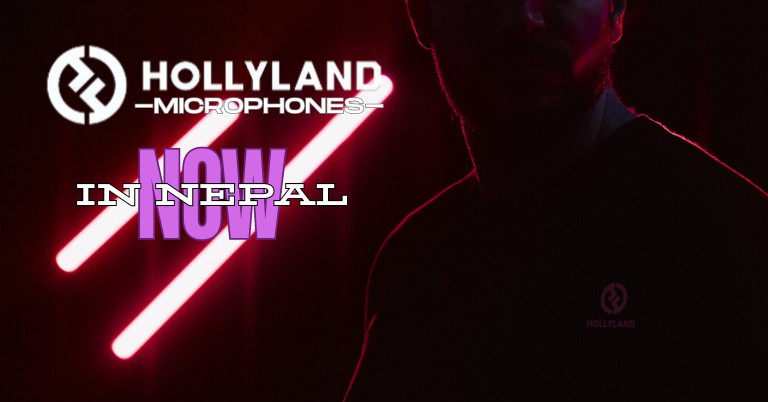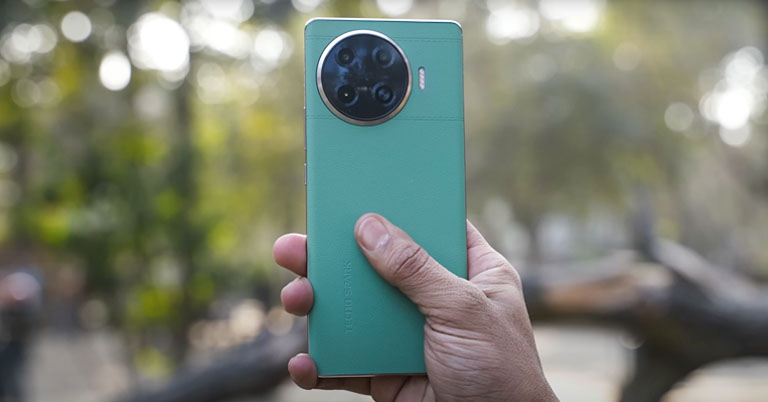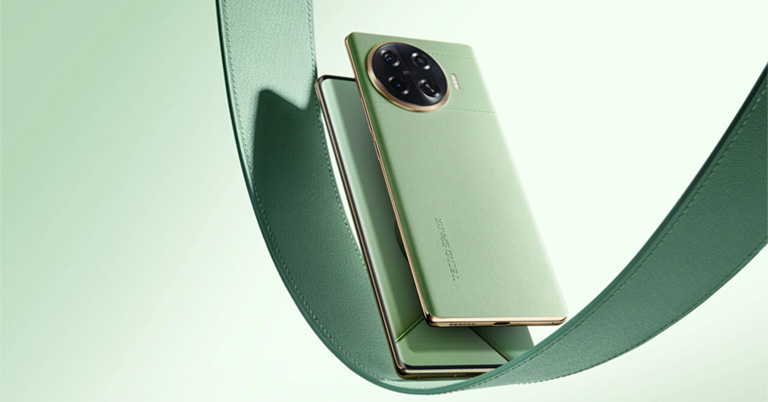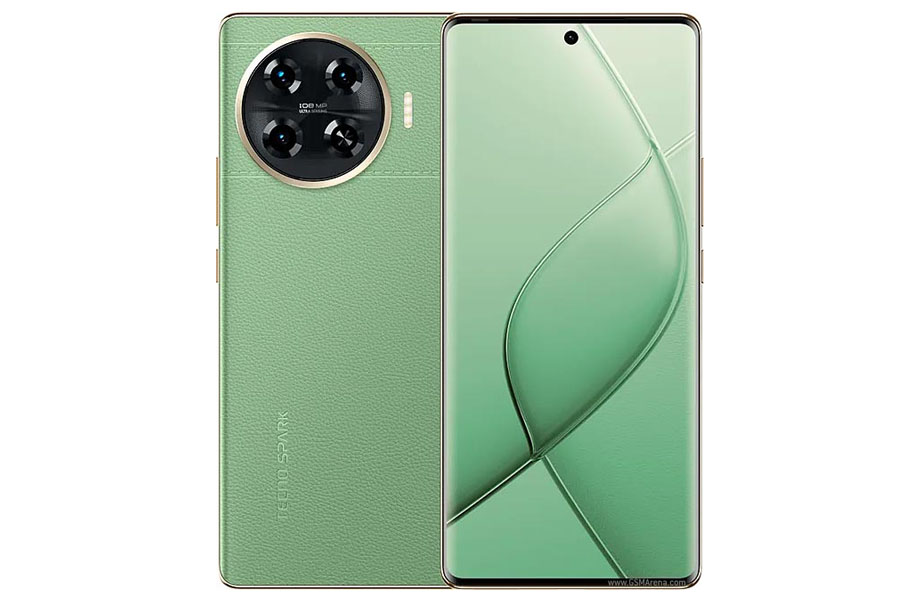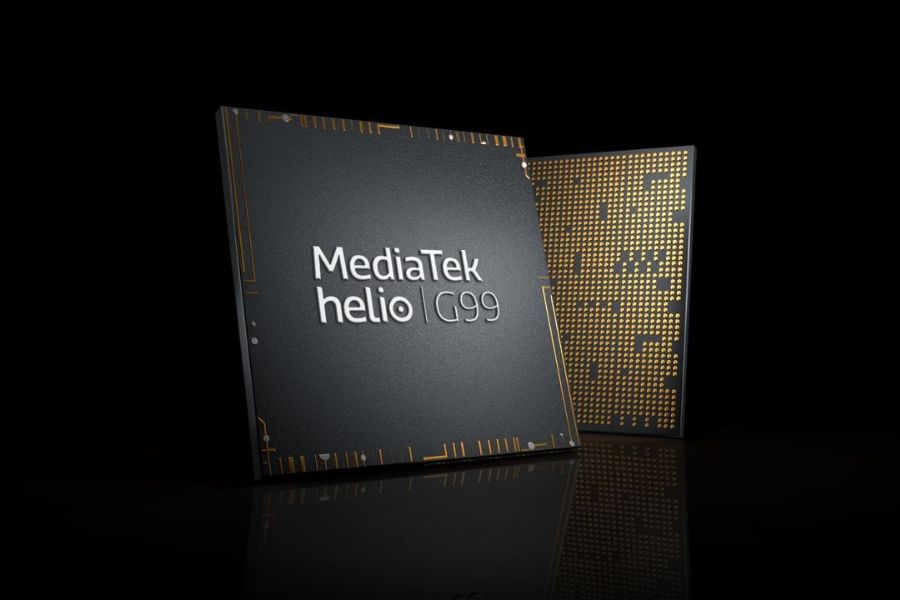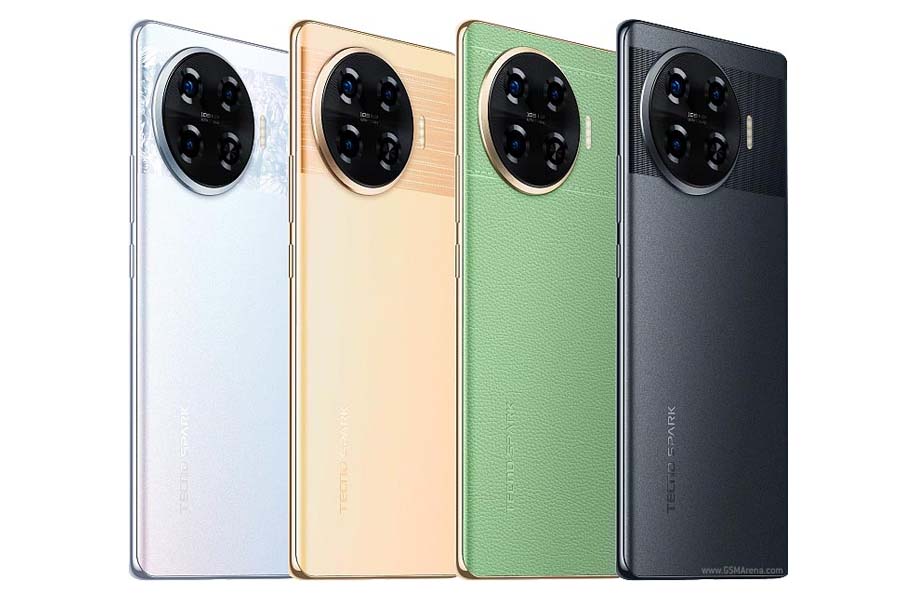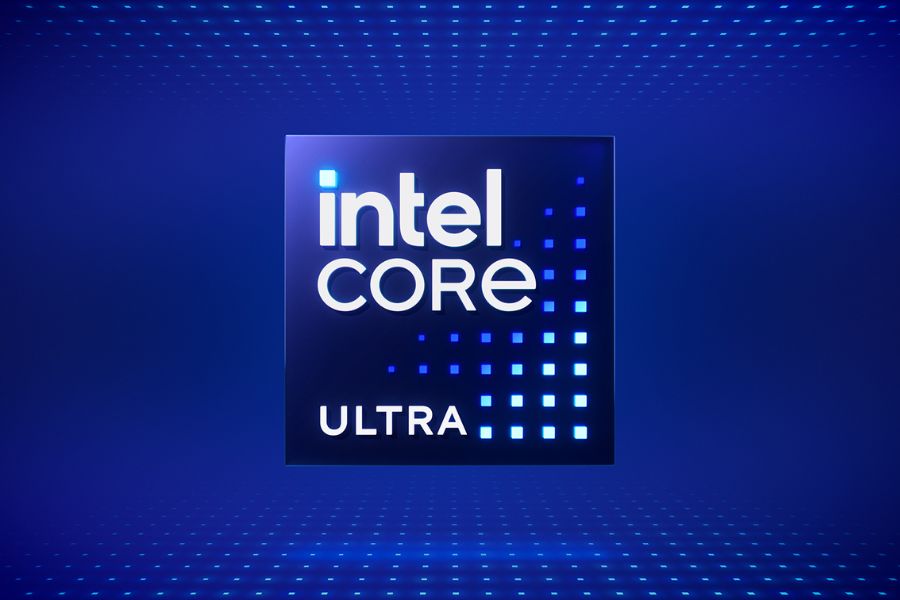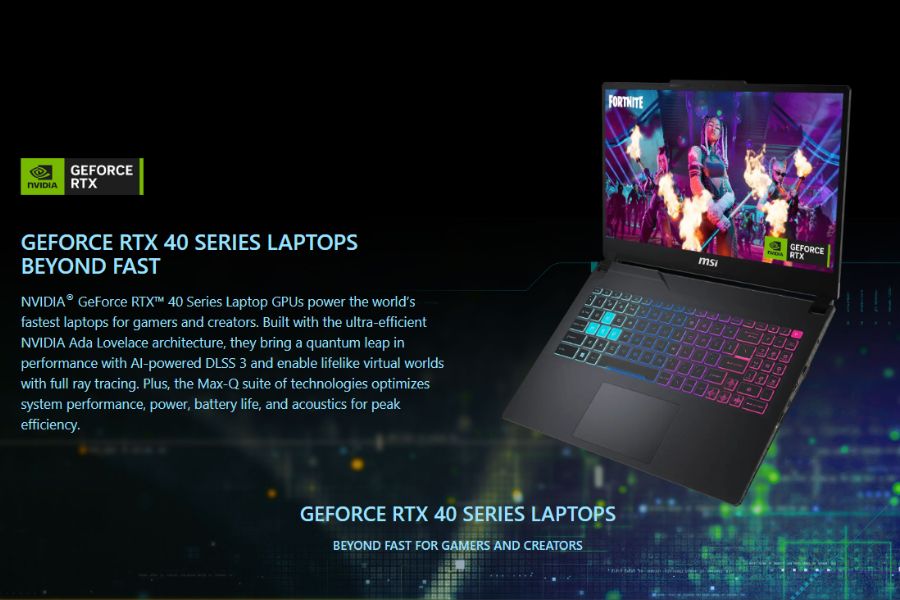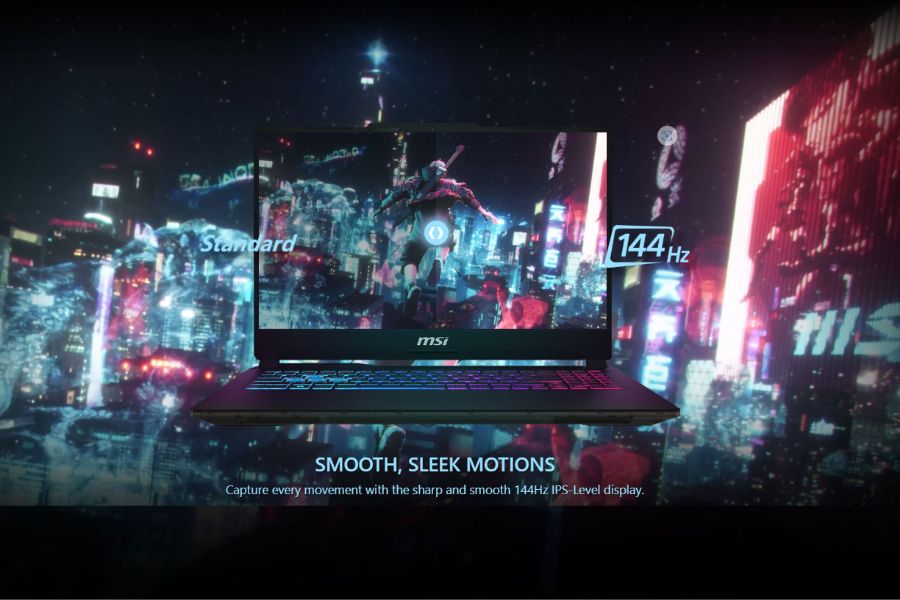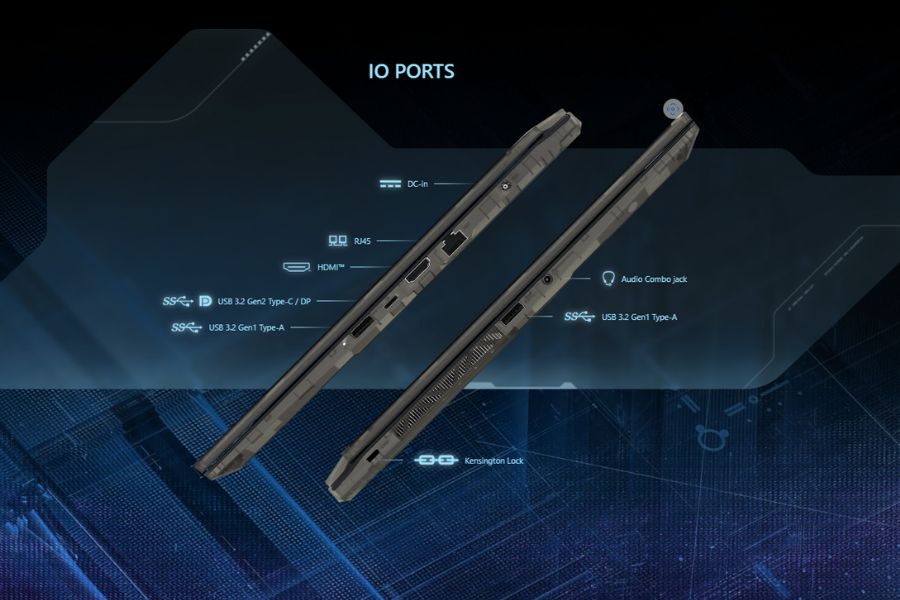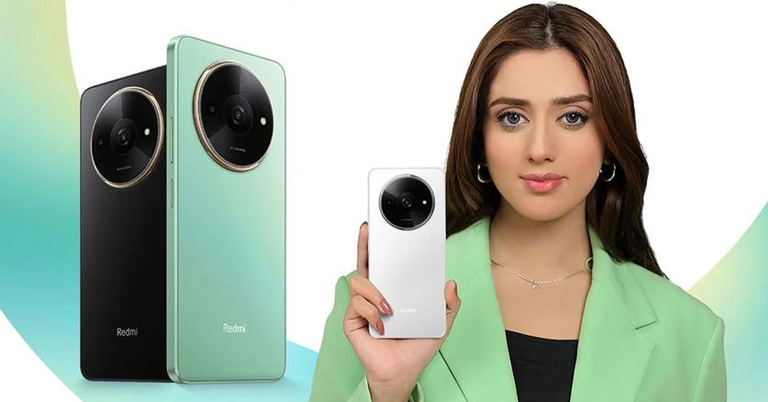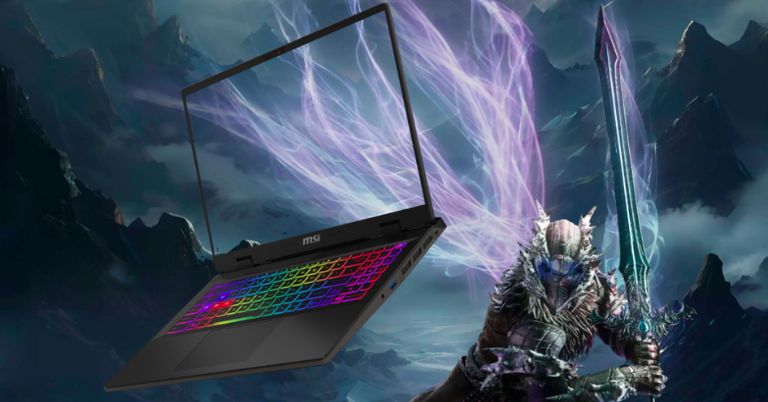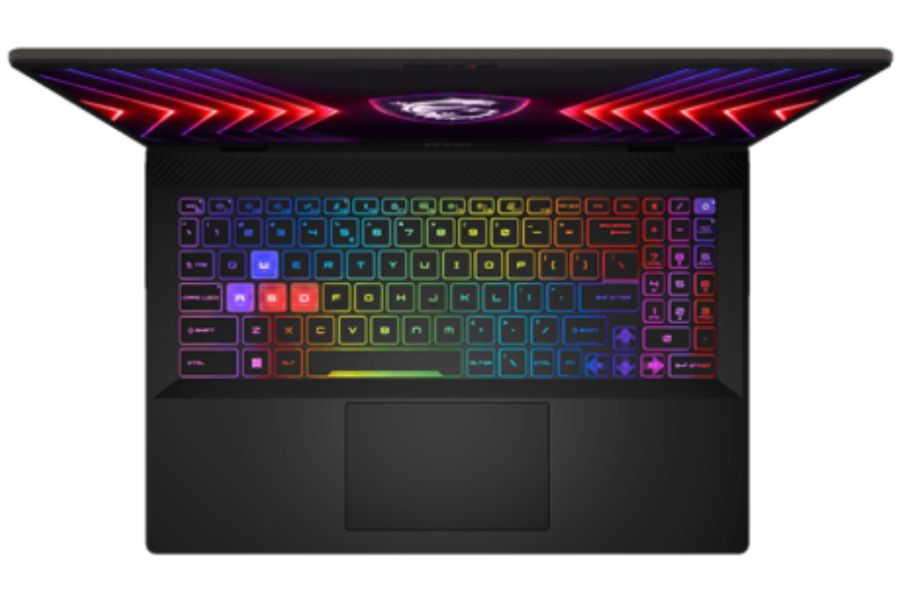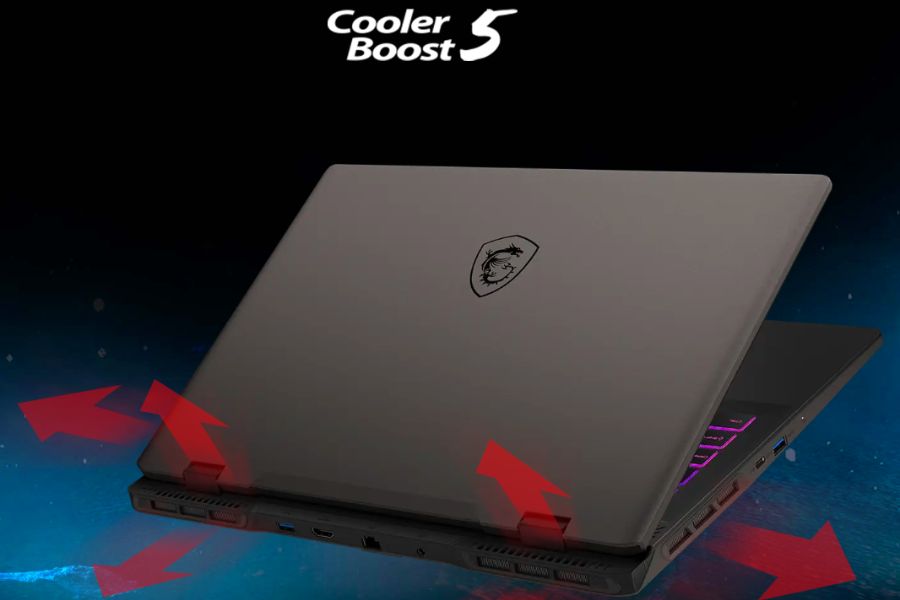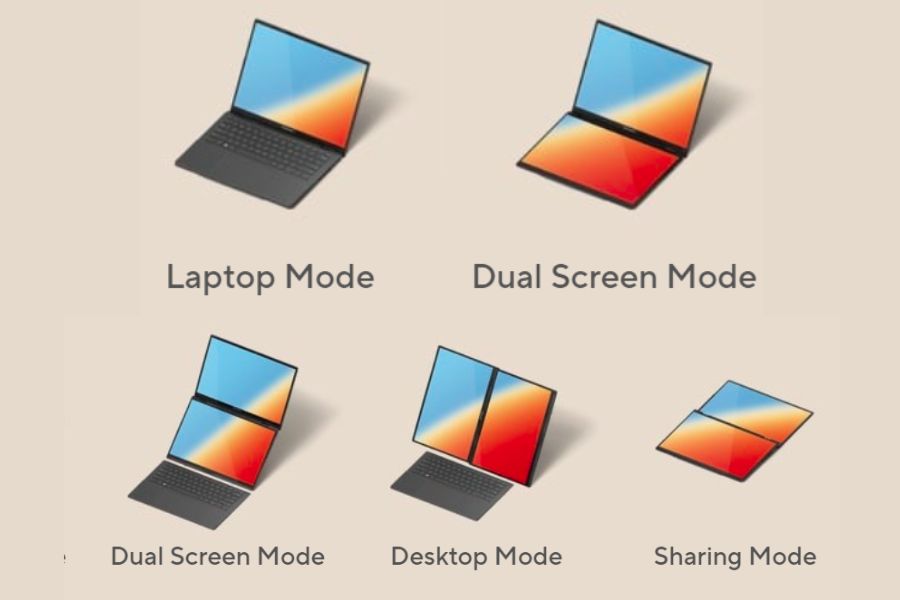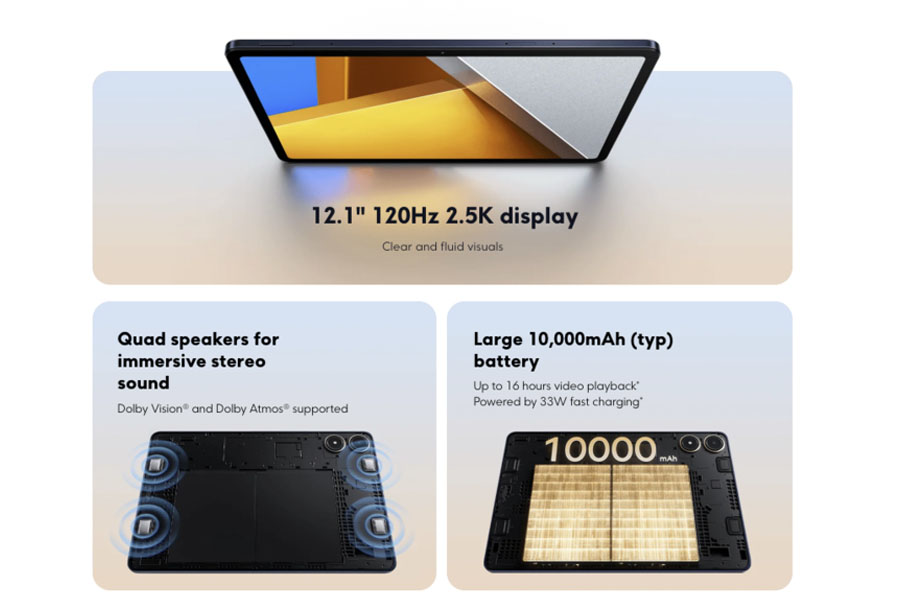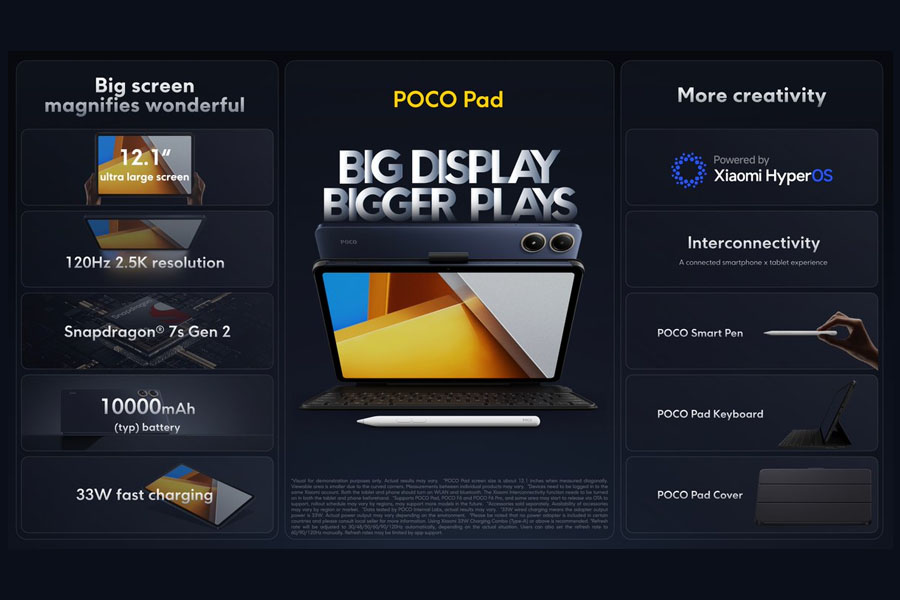I think we all can agree that the budget segment smartphones are really boring these days. The best the budget segment has to offer is the Redmi 12 and the Moto G34 and that’s about it! But what if I tell you, for under 27,000 Rupees, this phone, The Tecno Spark 20 Pro Plus offers an almost mid-range experience? It has a curved AMOLED display, a nice vegan leather finish, and a 100MP camera – all packed in at an affordable price. To be fair, this is not a 5G phone, but if you are someone who doesn’t care about that and if 4G speeds are enough for you, this phone actually ticks a lot of boxes. Let me explain one by one in this Tecno Spark 20 Pro+ Review.
Tecno Spark 20 Pro+ Specifications
- Display: 6.78 inches AMOLED, 120Hz, 1000 nits (peak)
- Resolution: 1080 x 2436 pixels (~393 ppi density)
- Chipset: Mediatek Helio G99 Ultimate
- Memory: 256GB Storage/ 8GB RAM
- Rear Camera: 108 MP, f/1.8, (wide), 1/1.67″, 0.64µm, PDAF 0.08 MP (AL)
- Front Camera: 32 MP, f/2.2, (wide)
- Battery: 5000 mAh, 33W charging
- OS: Android 14
- Speaker: Stereo
- Connectivity: Bluetooth 5.2
- Color: Temporal Orbits, Lunar Frost, Radiant Starstream, Magic Skin 2.0 Green
- Buy Tecno Spark 20 Pro+ Here
Tecno Spark 20 Pro+ Review
Design
Okay, I’m going to begin with what I love the most about this guy: its design. Tecno has provided a vegan leather finish on the rear side which feels nice, like really nice! I love this color too, but if you don’t prefer this color, there are other options too which come with a glass back.
Talking of the design, it’s surprising how thin this phone is and how Tecno has been able to fit in a 5000 mAh battery here. The frames here are plastic, but it look and feels very seamless. Also, look at the bezels here, they are almost non-existent and the little punch hole on the top just makes the display look very minimal.
Display
- Display: 6.78 inches AMOLED, 120Hz, 1000 nits (peak)
- Resolution: 1080 x 2436 pixels (~393 ppi density)
It’s a curved display that comes with a 6.78-inch AMOLED panel that has a 120Hz refresh rate, Full HD+ resolution, and a 1920 Hz PWM dimming. Tecno hasn’t mentioned the type of display protection here nor any sort of TUV Rheinland certification, but since this is a budget phone, I will let that slide.
Surprisingly, the display quality here is good for the price. Of course, it is not as contrast-rich or vibrant as what you get in say, premium midrange AMOLED displays, but the color reproduction and contrast are decent, much better than the IPS panels we get in a similar price range.
The 120Hz refresh rate also seems to be optimized decently here. I didn’t face much stutters here and the auto switch refresh rate switches the refresh rate from 60-120Hz pretty seamlessly most of the time. I do have to tell you that one or two times the phone would simply run at 60 Hz even with the auto refresh rate option turned on, but then it went back to running normally when restarted. So, that was a little bitter experience I had like one or two times while using this phone.
Tecno also claims that it has 1000 nits of peak brightness as well, which of course only comes into play while watching HDR content. But the phone is bright enough outdoors so no complaints. Also, you get an in-display fingerprint sensor here which is fast enough, so, overall, I am quite happy about the display on this phone.
And despite being a curved panel, I didn’t experience a lot of accidental touches here. As expected, you do not get HDR playback support on Netflix and YouTube here but it shouldn’t be much of an issue for a budget phone, right?
Audio
Likewise, you also get a dual stereo speaker setup, which is just decent, nothing extraordinary! It is loud enough but certainly is not 400% loud as claimed on the official site and the output is only decent.
Performance
- Chipset: Mediatek Helio G99 Ultimate
- Memory: 256GB Storage/ 8GB RAM
Under the hood, the Spark 20 Pro+ packs a 6nm fabbed Helio G99 ‘Ultimate’ processor. I’m a bit confused with this “Ultimate” moniker as the official site doesn’t mention an increase of CPU or GPU clock speeds. Anyway, we know the Helio G99 is a tried and tested chipset and for a budget price, it’s a good performer.
When it comes to gaming, you can play popular titles like PUBG and Call of Duty at a stable 40fps rate. On a High fps game like Mech Arena, it managed to provide a 60fps gameplay. And a 30fps output on Genshin Impact, of course on low settings! Well, despite being a slim phone, it doesn’t overheat, so that was impressive!
And besides gaming, running the day-to-day chores on this guy seems as okay as it should be! It’s not superfluid fast, but it caters well to a moderate user with a bit of social media usage, light gaming, and multitasking with 3-4 apps at once.
UI and Software
Alright, so with brands like Tecno and Infinix, the biggest concern I had previously was the software front. These brands were known to have sluggish bloatware-ridden software which didn’t provide a much refined experience.
But the HiOS 14 built here is actually nice. First of all, it comes with Android 14, which is somewhat of a slap on Redmi’s face since even their premium phones don’t come with Android 14 out of the box. Secondly, I am impressed that there isn’t much bloatware to complain about, which is really impressive for a budget Tecno phone.
On top of that, you also get a bit of customization options here and there are no ads anywhere. It also has this feature where it mimics the Dynamic Island notifications from the iPhone. It’s visible while plugging in the charger, low battery reminder, charge completion reminder, and so on.
But still, here and there, there are some things that are not refined in the UI here, at least not as well as Samsung or even Redmi. Having said that, I do think this is a good start and if Tecno keeps improving, the future looks good for them.
However., I don’t have much information on how many years of software updates this phone will receive though!
Camera
- Rear Camera: 108 MP, f/1.8, (wide), 1/1.67″, 0.64µm, PDAF 0.08 MP (AL)
- Front Camera: 32 MP, f/2.2, (wide)

Okay, time to talk about the cameras. You get a triple camera setup here technically, but I’ll rule out the two from here: the two useless 0.08MP auxiliary lenses (Shaking My Head). So, the only one remains the 108MP primary camera. From this, the daylight images look like this.
As you can see, the 108MP camera captures good images under good lighting conditions. The details are good and the images look sharp. But the HDR processing can be weak in some conditions and I also feel the colors are quite on the muted side. It’s no issue if you actually prefer natural-like colors, but if you like a vibrant output, you might want to edit the pictures a little bit.
3X In-sensor Zoom
The 100MP camera is also capable of 3X in-sensor zoom too but the outputs are just “okayish”, nothing special.
Lowlight
When the sun goes down, the phone is not able to manage details. However, I found the dedicated night mode doing a great job at controlling exposure and sharpening the photos
Portraits
Coming to the Portraits, the Spark 20 Pro+ clicks inconsistent pictures. You get a slight pinkish skin tone with a lot of beautification and you need really good lighting to get usable shots.
Selfies
Selfies are also on a bit oversharpened side, but it doesn’t look too bad. It clicks decent selfies for the price, I must say.
Videography
In terms of videos, it can shoot at 2K 30fps from both cameras. There is no OIS here but you do get EIS with 1080p 30fps recording. At 2k resolution, the quality of the videos is not bad but there is no stabilization. Even the 1080p videos are not that stable, so the Videography side of things is just okay here.
Battery
- Battery: 5000 mAh, 33W charging

Moving on, as I mentioned before, you get a typical 5000mAh cell here which lasts for more than a day in normal usage. Even with some gaming here and there, it provided 8 hours of SOT. The 33W inbox charger tops it up in 1 hour and 25 minutes approximately.
Tecno Spark 20 Pro+ Review Conclusion
So overall, I am honestly surprised by the Tecno Spark 20 Pro Plus. I did think that the specs were too good to be true and I was expecting this phone to let me down in one aspect or the other, but no, it’s a really good offering for the price. Tecno has definitely raised the bar for how good a budget phone can be in 2024. Of course, the cameras and software need further refinement, but that’s not something a brand can achieve in a day, so I will give Tecno the benefit of the doubt.
So, overall, as I mentioned in the beginning, if you absolutely do not need 5G speeds, the Tecno Spark 20 Pro will give you a good experience at a budget price.
Tecno Spark 20 Pro+ Review Pros and Cons
Pros:
- Vegan leather finish
- Curved AMOLED display
- Decent performance
- Long-lasting battery
Cons:
- Issues with the refresh rate.
- Weak secondary cameras
- Software only average






